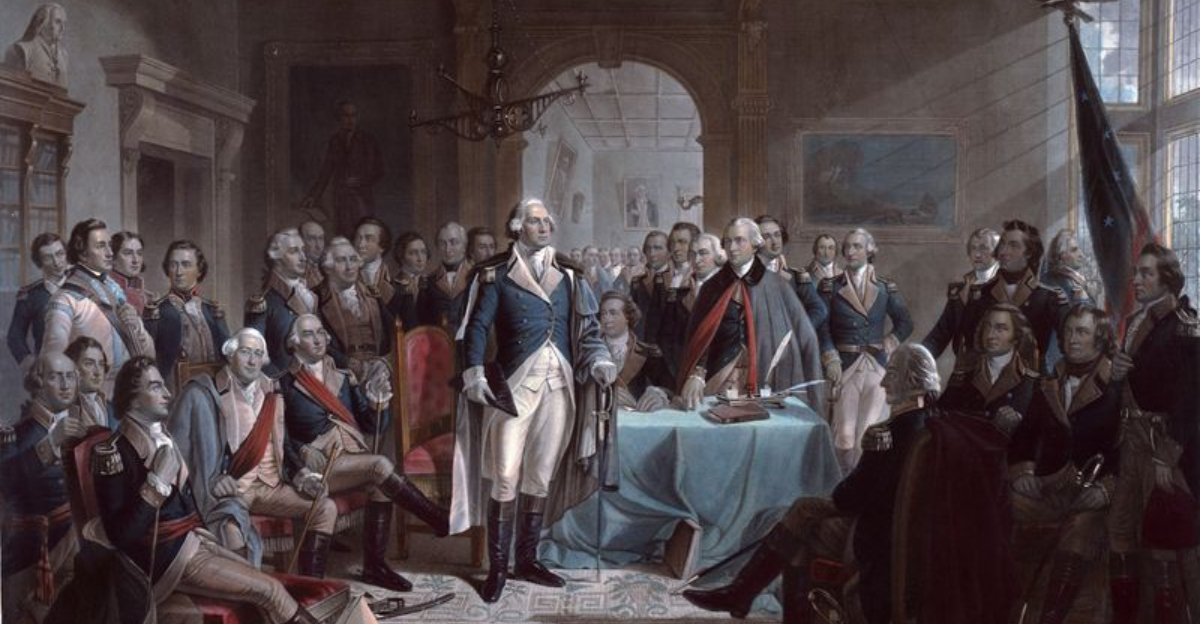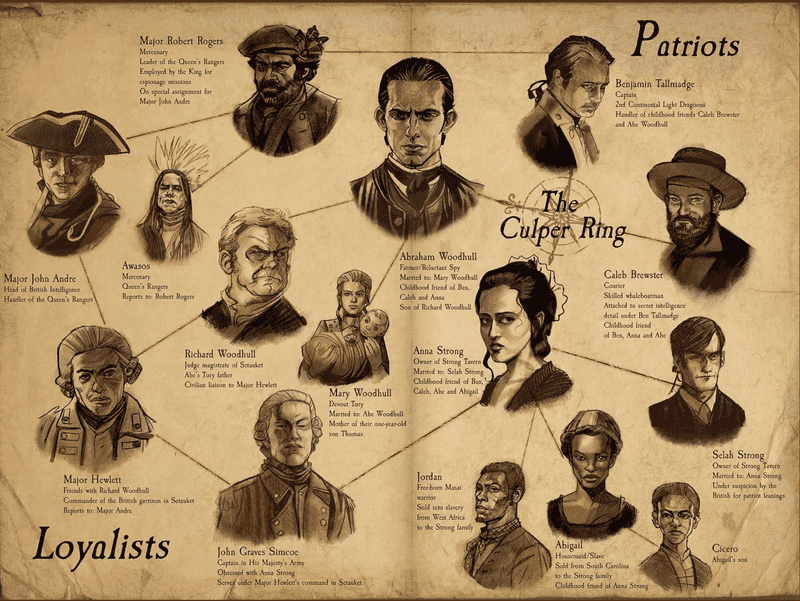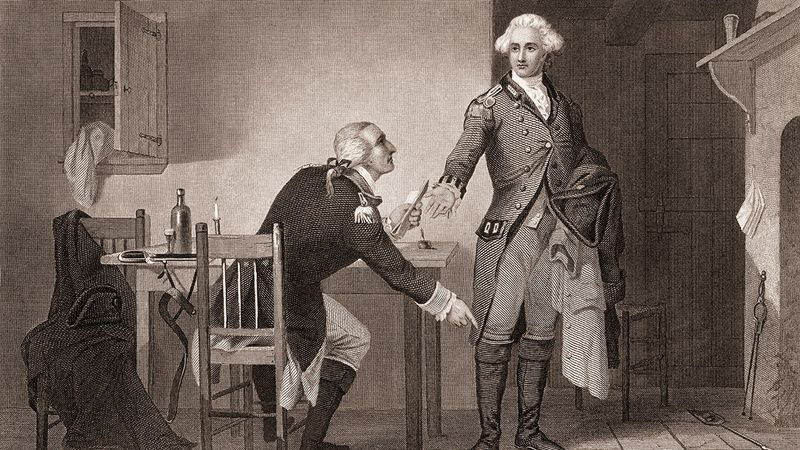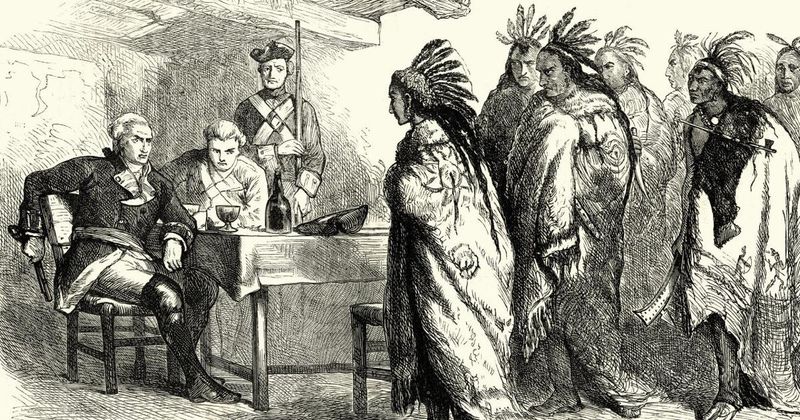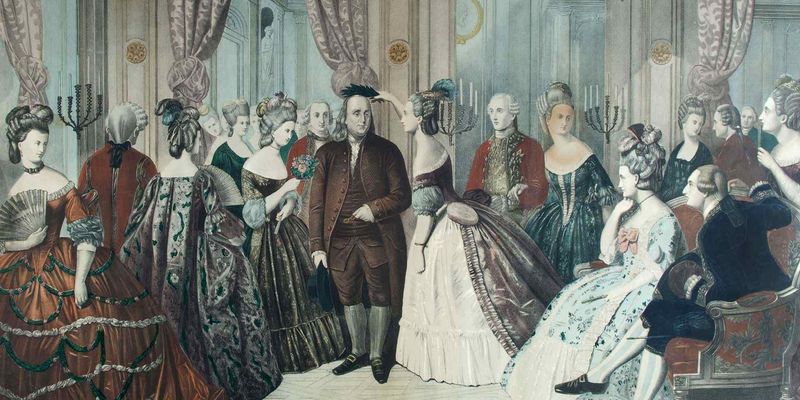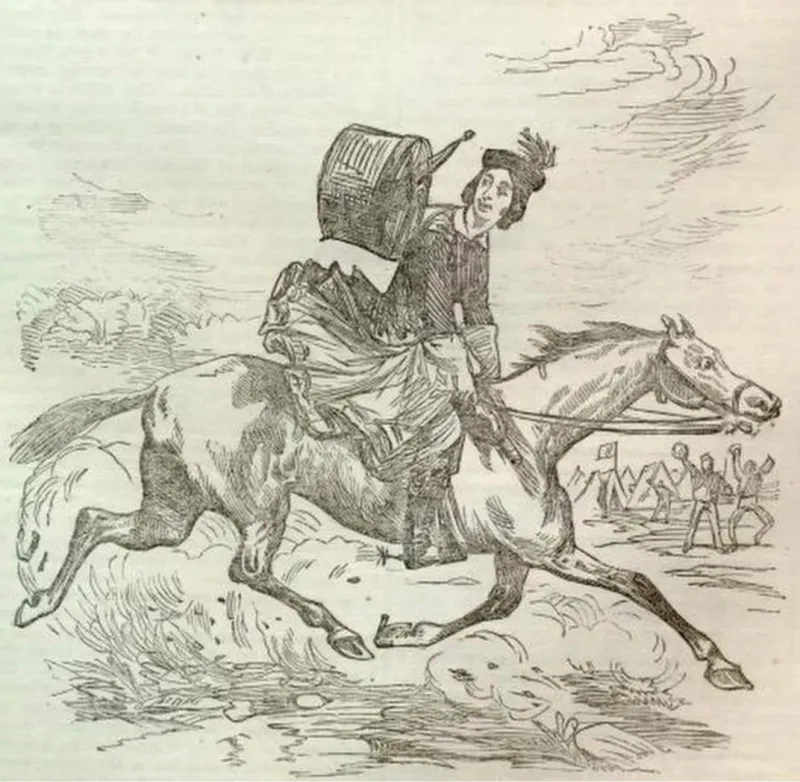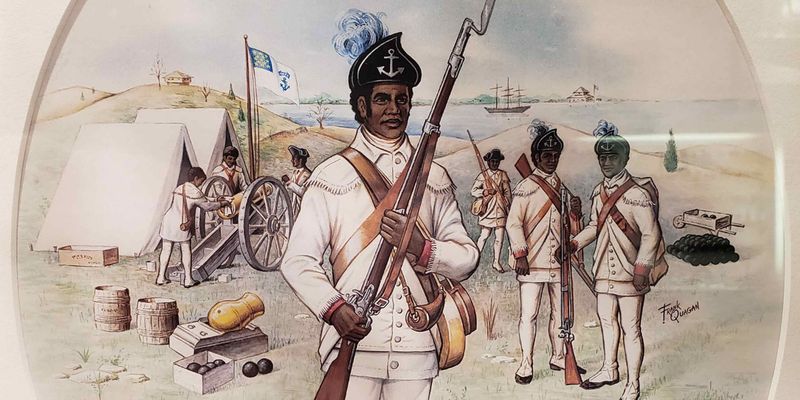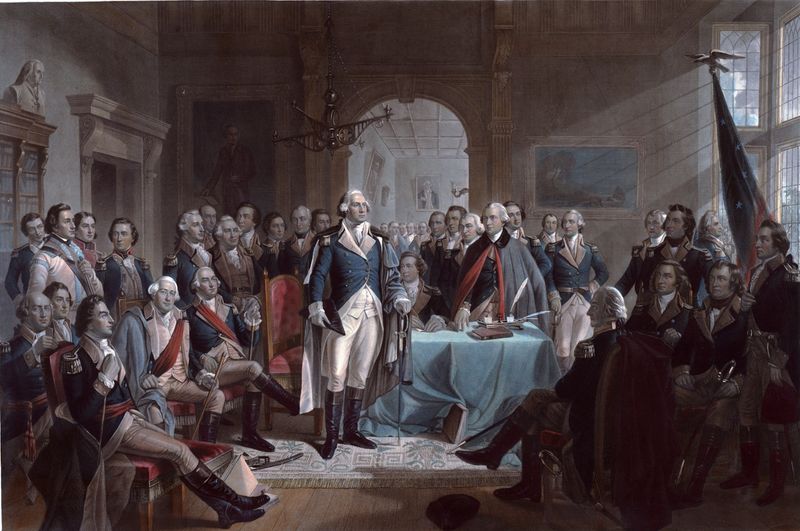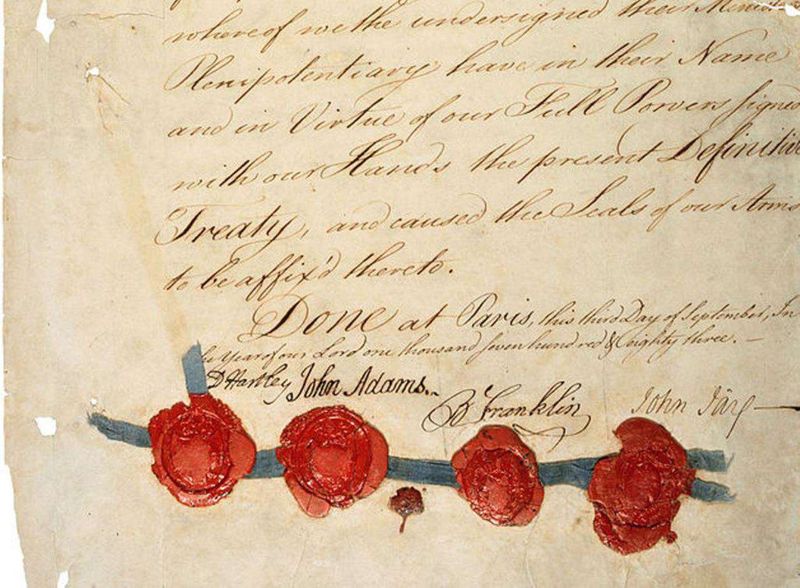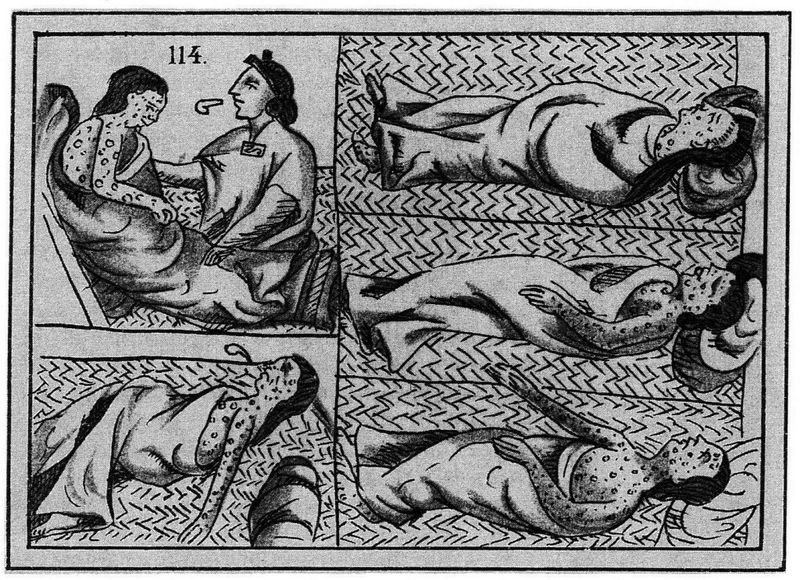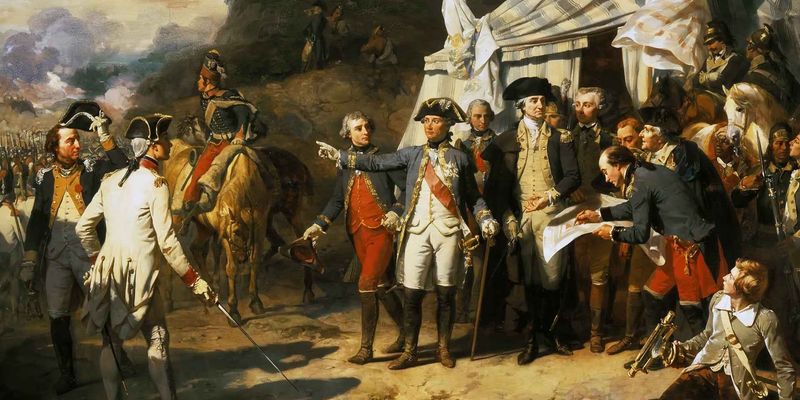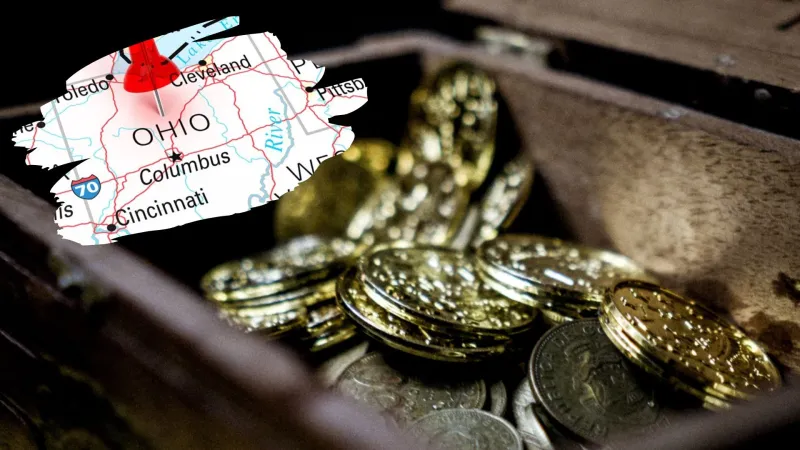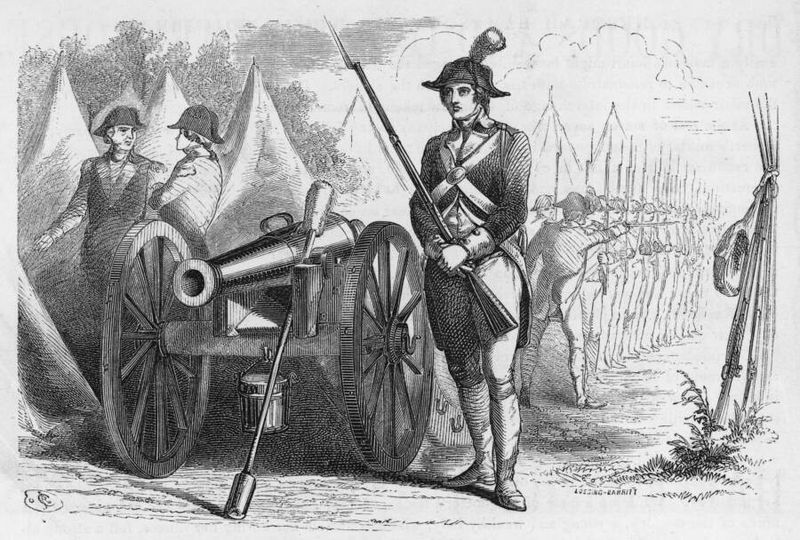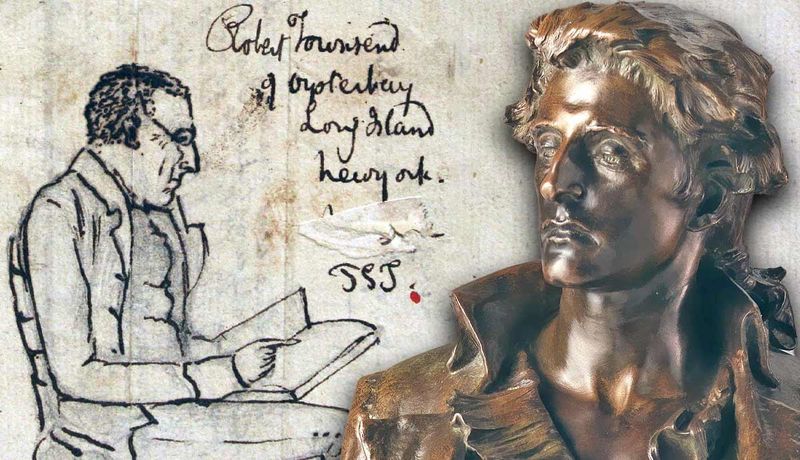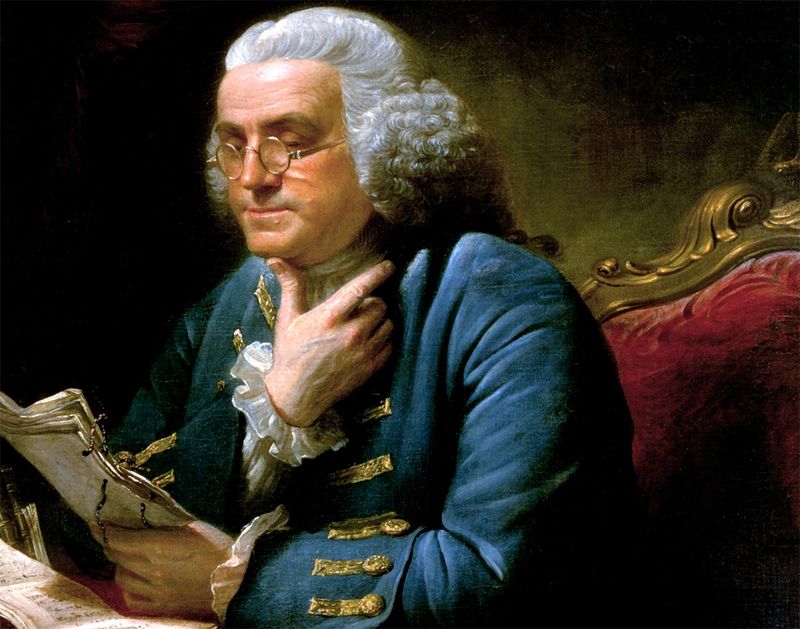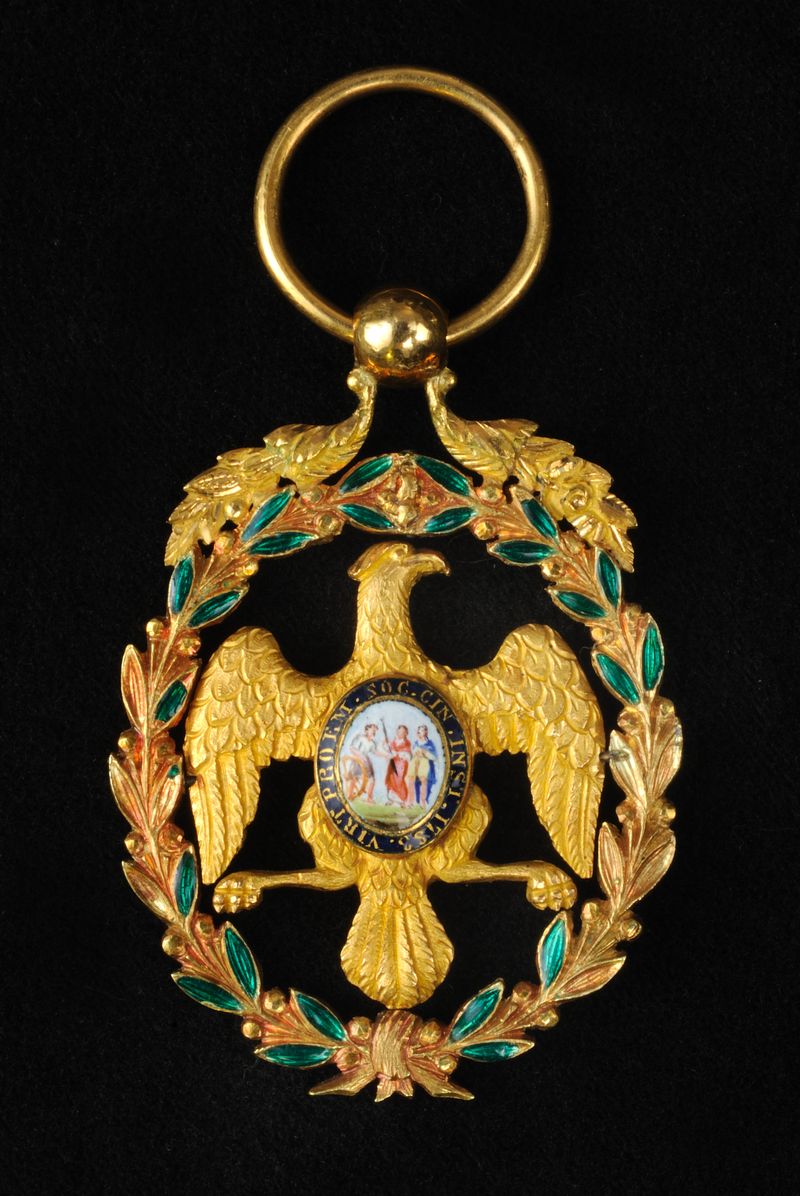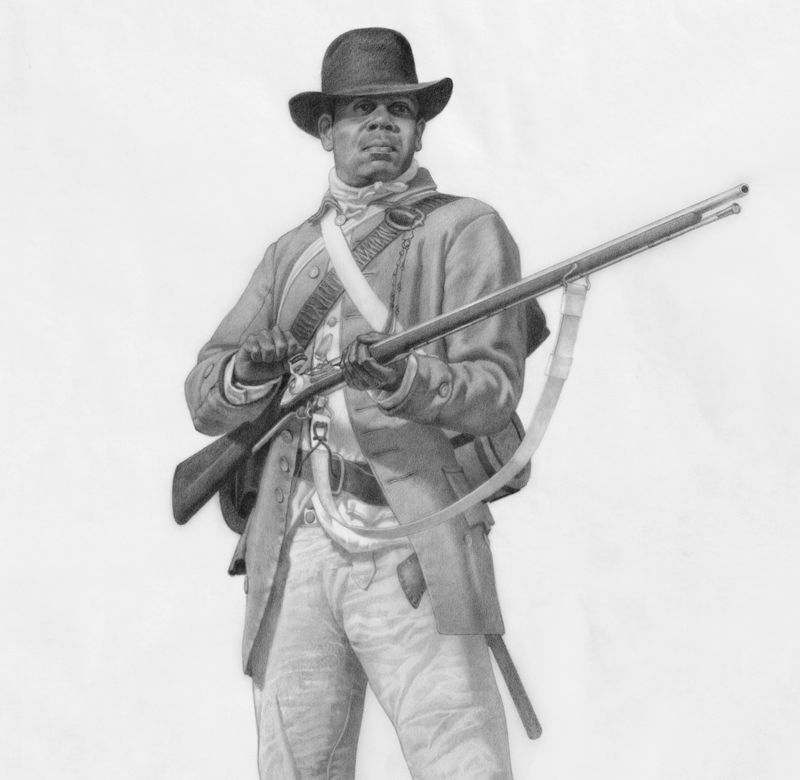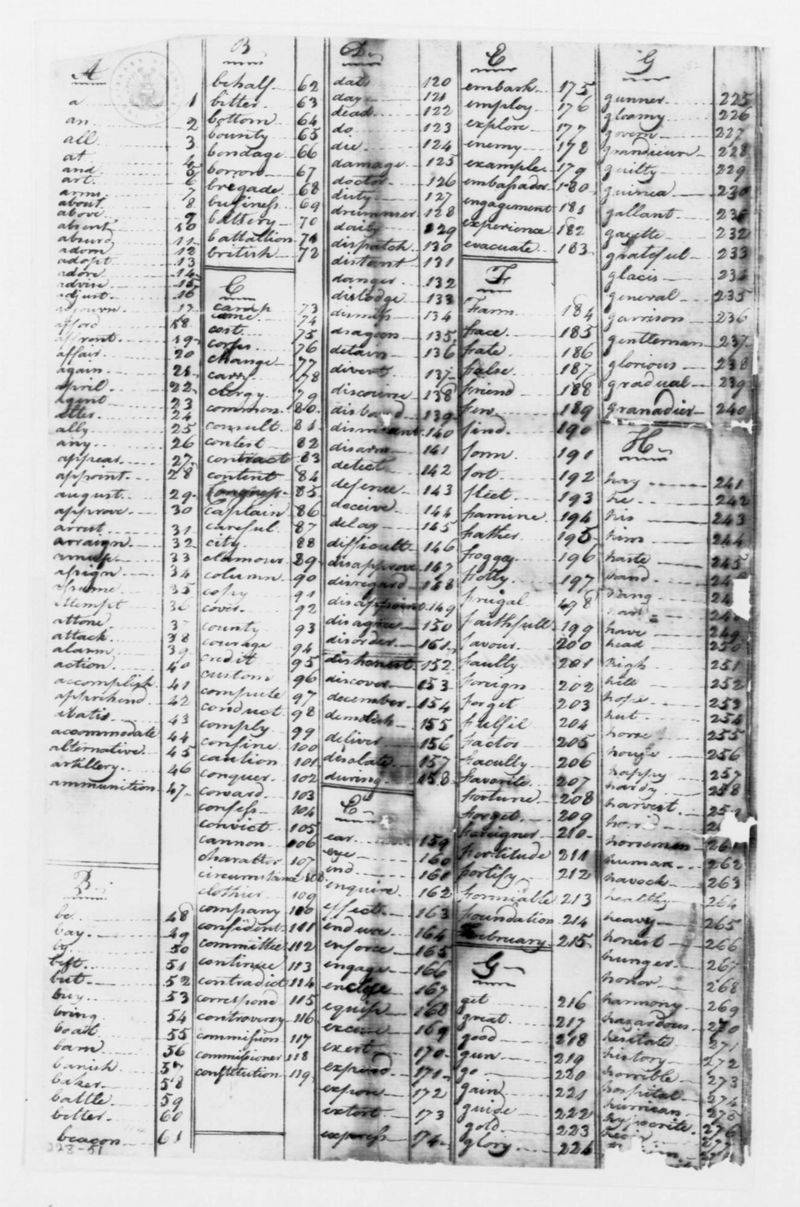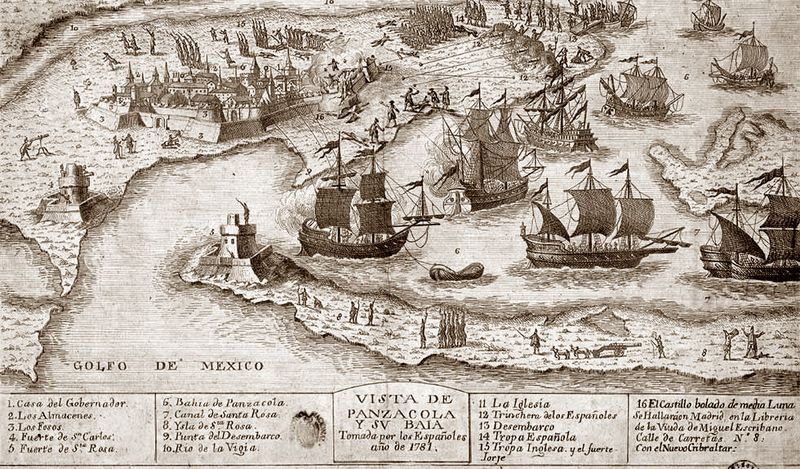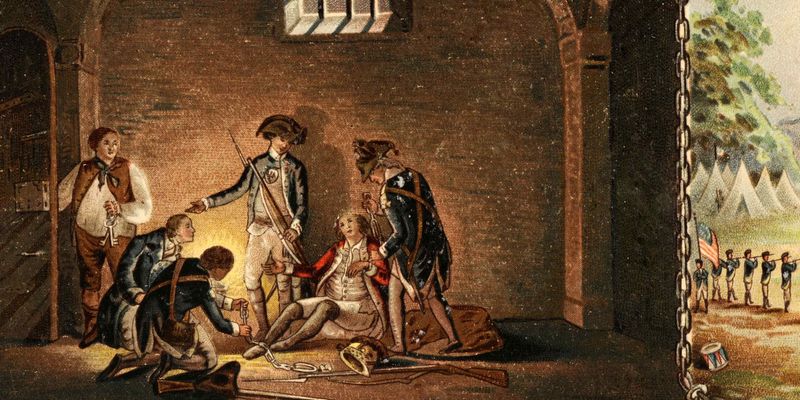The American Revolutionary War was a complex tapestry of espionage, secret alliances, and hidden motives. Recently uncovered details have shed light on some of the most intriguing aspects of this historical period.
1. The Culper Spy Ring
Beneath the surface of the American Revolutionary War, a shadowy network operated under the nose of the British. The Culper Spy Ring, led by patriots in New York, provided George Washington with crucial intelligence. This secret network was pivotal in turning the tide of the war. Using invisible ink and complex codes, they communicated vital information. The identities of these brave individuals, sworn to secrecy, remained hidden until centuries later. Their courage in the face of danger was monumental. This revelation highlights the U.S. Army’s early reliance on intelligence to combat formidable foes and secure independence.
2. Benedict Arnold’s Full Treachery
Benedict Arnold, once a respected American general, turned traitor in one of the Revolutionary War’s most notorious betrayals. His plan to hand over West Point to the British was more elaborate than initially realized. Arnold’s secret correspondence and meetings with British Major John André revealed layers of treachery. These actions exposed vulnerabilities in the American command. The depth of Arnold’s deception is astonishing, underscoring the importance of loyalty during wartime. His name forever synonymous with treason, Arnold’s story serves as a grim reminder of the high stakes of war and the fragile nature of trust.
3. Hidden Alliances with Native American Tribes
Amid the tumult of the Revolutionary War, both British and Patriot forces sought alliances with Native American tribes. Promises of land and protection were made in secret meetings. However, these assurances were often broken, leaving the tribes caught in a web of deceit. As territorial ambitions grew, the betrayal of these alliances became evident. The impact on Native tribes was profound and lasting. This discovery sheds light on the complex relationships and the often-overlooked role of Native Americans in the broader conflict. Understanding these dynamics is crucial in appreciating the multifaceted nature of the war.
4. French Involvement Before Officially Joining
Before France formally declared support, they were clandestinely providing aid to the American revolutionaries. French ships delivered weapons, supplies, and funds under the cover of secrecy. This early involvement was a calculated risk as France skirted the edge of open conflict with Britain. The covert aid was instrumental in bolstering the American cause. These actions highlight the precarious position France held between diplomatic relations and outright war. The subtle dance of diplomacy showcases the intricate international politics at play. France’s eventual official entry into the war was a game-changer, but their early covert activities laid the groundwork.
5. Women Played Vital Roles as Spies
In the shadows of war, women played crucial roles as spies for the American cause. Figures like the enigmatic “Agent 355” used their wits and courage to gather and relay vital information. While many identities remain cloaked in mystery, their contributions were invaluable. Women, often underestimated, exploited their assumed roles in society to gather intelligence. The stories of these unsung heroines highlight the diverse contributions to the war effort. They bravely navigated dangerous territory, proving that courage knows no gender. The revelation of their roles enriches the narrative of the Revolutionary War, showcasing the depth of their impact.
6. Slave Soldiers and Broken Promises
During the Revolutionary War, enslaved individuals were promised freedom in exchange for their service. Both the British and the American sides offered these incentives to bolster their ranks. However, these promises were rarely honored, leaving many soldiers disillusioned and betrayed. This betrayal underscores the harsh realities faced by African Americans during this period. Despite their significant contributions, their efforts were often erased from history. This revelation brings to light the complexities and injustices faced by those who fought for liberty. It challenges the traditional narratives and invites reflection on the broader implications of freedom and equality.
7. Washington’s Forged Documents Campaign
In a strategic move, George Washington authorized the creation of forged documents to deceive the British forces. These fake orders and letters were crafted to mislead the enemy about American troop movements and plans. This campaign of misinformation was a testament to Washington’s cunning and leadership skills. It demonstrated the innovative tactics used to level the playing field against a better-equipped opponent. The success of these operations highlights the role of intelligence and deception in warfare. Uncovering this aspect of Washington’s strategy provides insight into the multifaceted approach needed to secure victory in a challenging conflict.
8. Secret British Peace Negotiations
While the Revolutionary War raged, secret peace negotiations were quietly explored by the British. These clandestine discussions highlighted Britain’s desperation and strategic calculations. They sought to end the conflict on terms favorable to their empire. The discovery of these negotiations reveals the behind-the-scenes maneuvering that often accompanies warfare. It underscores the complexities of political strategy and the lengths to which nations will go to protect their interests. These revelations offer a glimpse into the diplomatic efforts that paralleled the battlefield, providing a fuller understanding of the Revolutionary War’s intricate dynamics.
9. Smallpox Inoculation as a Military Secret
Amid the threat of smallpox, George Washington implemented a secret inoculation program within the Continental Army. This proactive measure prevented devastating outbreaks that could have crippled the military effort. Inoculating soldiers in secret was a calculated risk, balancing public health with maintaining troop strength. This decision showcased Washington’s foresight and leadership. The move was pivotal in ensuring the army remained a viable fighting force. The revelation of this program underscores the critical role of medical interventions in wartime. Understanding this aspect of Washington’s strategy provides a deeper appreciation for the non-combat challenges faced during the Revolutionary War.
10. The Secret “Fake Battle” Strategy at Yorktown
At the Siege of Yorktown, deception played a key role in the American victory. Generals devised a “fake battle” strategy to mislead British forces about the actual attack location. This strategic ruse convinced British General Cornwallis that the main assault would come from elsewhere. The successful execution of this plan showcased the ingenuity and resourcefulness of American commanders. It was instrumental in securing the surrender of British forces at Yorktown. This revelation highlights the creativity in military strategy, emphasizing the importance of psychological warfare. The victory at Yorktown was a turning point, leading to the end of the war.
11. Hidden Gold and War Funds
During the Revolutionary War, securing funds was as critical as winning battles. French and Spanish gold was smuggled into the colonies, financing the American struggle for independence. These secretive financial operations were vital in sustaining the war effort. The transport of gold across dangerous territories was fraught with risk. This hidden wealth ensured troops were equipped and paid, maintaining morale and strength. The uncovering of these financial maneuvers illustrates the importance of economic support in warfare. It also sheds light on the international dimensions of the Revolutionary War, with foreign allies playing crucial roles behind the scenes.
12. Women Warriors Disguised as Men
In an era when warfare was seen as a man’s domain, women like Deborah Sampson defied societal norms by disguising themselves as men to fight. These courageous women joined the ranks, facing the same dangers as their male counterparts. Their bravery is a testament to their dedication to the cause of independence. Often undiscovered until much later, their stories inspire and challenge traditional gender roles. The revelation of their participation adds a rich layer to the understanding of the Revolutionary War. These women warriors demonstrated resilience and ingenuity, forever altering the perception of women’s capabilities in conflict situations.
13. Loyalist Networks Inside Patriot Lines
Amidst the revolutionary fervor, not all were loyal to the American cause. Families and individuals, known as Loyalists, operated covertly within Patriot lines, providing valuable intelligence to the British. These networks of spies and sympathizers were instrumental in gathering information and undermining the Patriot effort. Their existence highlights the divided loyalties within the colonies and the internal challenges faced by revolutionaries. This aspect of the war reveals the complex social dynamics and the high stakes of espionage during this tumultuous period. Understanding these networks sheds light on the internal struggles that shaped the Revolutionary War’s outcome.
14. Franklin’s Dirty Tricks in Europe
In the sophisticated courts of Europe, Benjamin Franklin engaged in a battle of wits and diplomacy. Among his tactics was the dissemination of fake documents to mislead British officials and sway international opinion. Franklin’s mastery of deception and charm was crucial in securing French support for the American cause. His actions highlight the strategic use of misinformation as a tool of diplomacy. This revelation adds depth to the understanding of Franklin’s role in the Revolutionary War, showcasing his ability to navigate complex political landscapes with finesse. His efforts in Europe were instrumental in altering the course of the conflict.
15. The Secret Society of the Cincinnati
After the war, a group of elite officers founded the Society of the Cincinnati, a secretive organization that stirred controversy. Accused of wanting to establish an American aristocracy, this society included many prominent figures from the war. Their gatherings and influence sparked debates about the future of the fledgling republic. The society’s formation highlighted the tensions between republican ideals and the desire for recognition among war heroes. This discovery opens a window into post-war America’s social dynamics. The legacy of the Cincinnati reflects the ongoing struggle to balance individual ambition with collective principles in the new nation.
16. Prisoner of War Atrocities
The discovery of brutal conditions on British prison ships, notably the HMS Jersey, reveals a grim chapter of the Revolutionary War. Prisoners endured overcrowding, disease, and neglect in these floating dungeons. The harsh treatment of American captives was a stark contrast to the ideals of liberty and humanity espoused by the revolutionaries. This revelation highlights the darker aspects of warfare and the suffering endured by those who fought for freedom. Understanding these conditions provides a fuller picture of the war’s human cost. The exposure of these atrocities is a sobering reminder of the sacrifices made in pursuit of independence.
17. The Real Role of Black Patriots
The contributions of African American soldiers in the Revolutionary War were significant yet often overlooked. Thousands fought for the promise of freedom and a better future. Despite their bravery and sacrifice, their stories were largely erased from the official narrative. Recent studies have begun to restore their rightful place in history. These soldiers not only fought bravely on the battlefield but also played vital roles in logistics and as spies. Their efforts were instrumental in the quest for independence, challenging the era’s prevailing racial prejudices. This revelation enriches the understanding of the diverse forces that shaped the American Revolution.
18. Washington’s Espionage Manual
George Washington’s leadership extended beyond military tactics to include sophisticated espionage techniques. He developed an espionage manual incorporating secret codes, ciphers, and invisible ink. These methods were employed to outsmart the British and maintain the upper hand. Washington’s innovative approach to intelligence gathering was crucial in securing crucial victories. This manual is a testament to his strategic mind and understanding of the war’s complexities. Discovering these details offers insight into the multifaceted strategies employed by the American forces. Washington’s legacy as a master of intelligence is further solidified by these revelations, showcasing his diverse skills as a leader.
19. Spain’s Secret War in the South
Spain’s involvement in the Revolutionary War was a largely hidden front. Spanish forces engaged the British in the southern theater, capturing key strongholds and diverting resources. This secretive campaign was crucial in weakening British efforts and supporting American independence. Spain’s actions demonstrated the international dimensions of the conflict and the importance of alliances. The revelation of this southern front challenges traditional narratives, highlighting Spain’s significant yet often unrecognized contributions. This aspect of the war underscores the global stakes and interconnected nature of the fight for freedom. Spain’s role exemplifies the diverse efforts that shaped the war’s outcome.
20. The Myth of a United American Front
The Revolutionary War is often romanticized as a unified struggle for freedom, but the reality was far more complex. Many colonists remained loyal to the British crown, resulting in divided communities and families. This division was a source of internal conflict and betrayal among neighbors. Understanding this aspect of the war reveals the multifaceted nature of the American Revolution. It challenges the simplistic narratives of unity and highlights the diverse motivations and loyalties. The myth of a monolithic American front is dispelled, offering a more nuanced view of the revolutionary struggle. Recognizing these divisions enriches the historical narrative.
